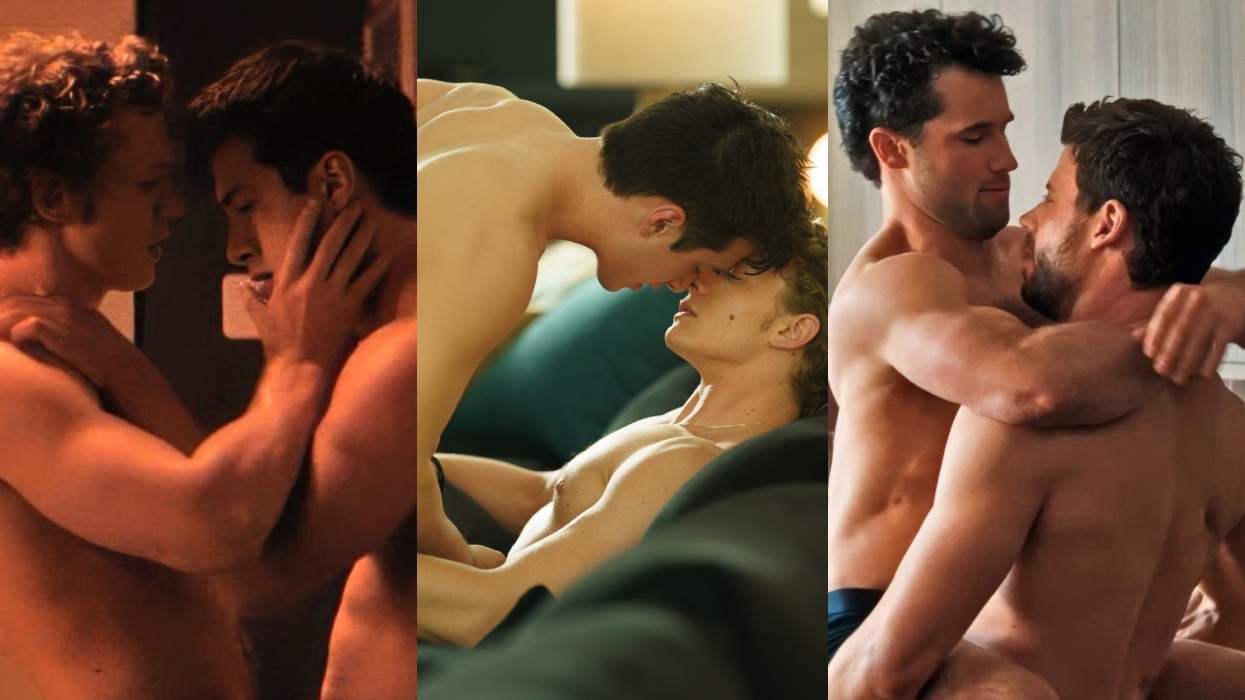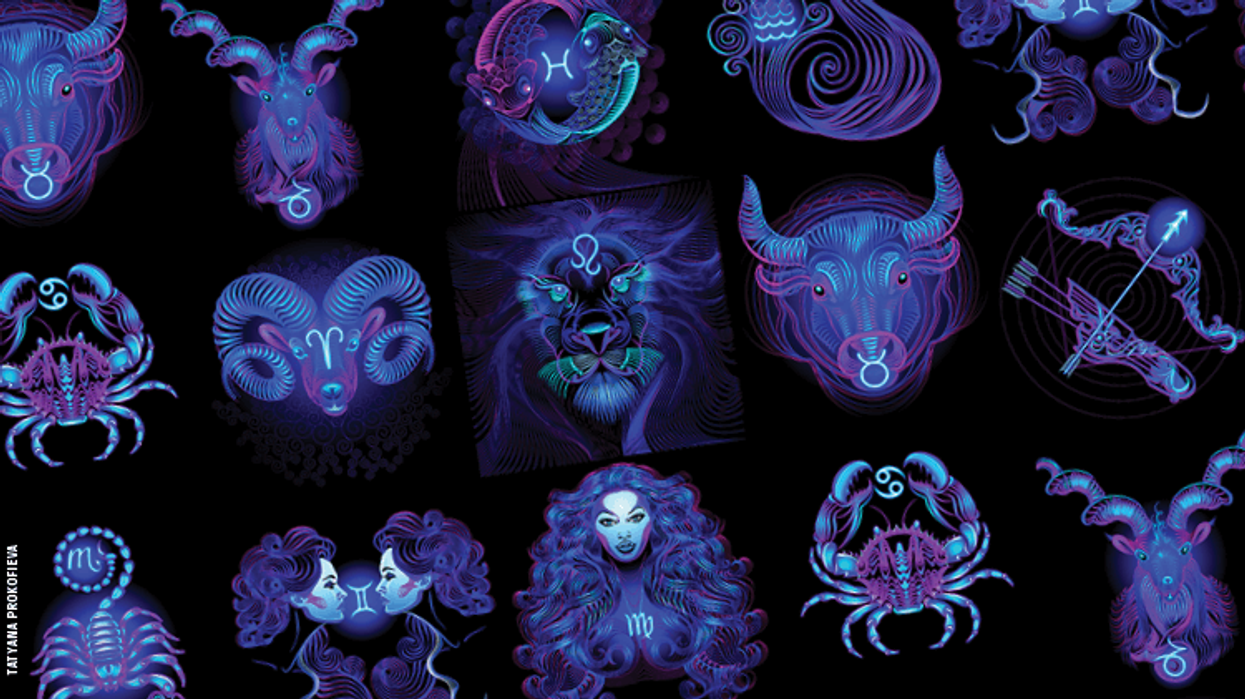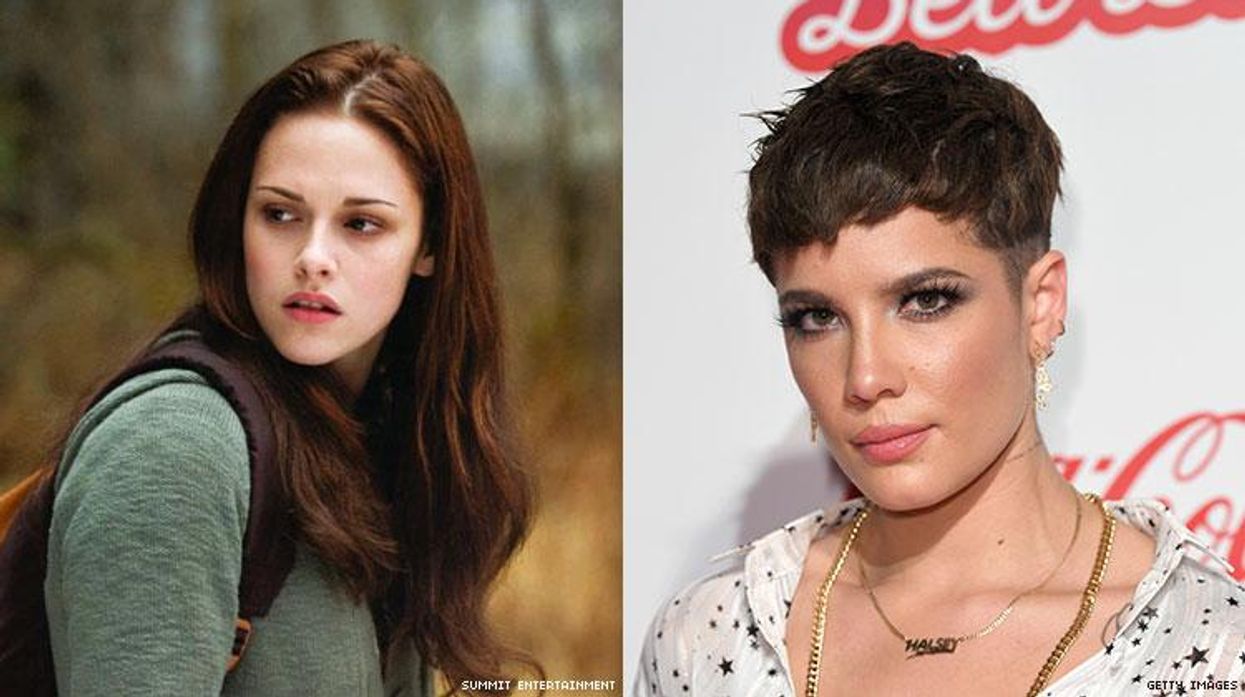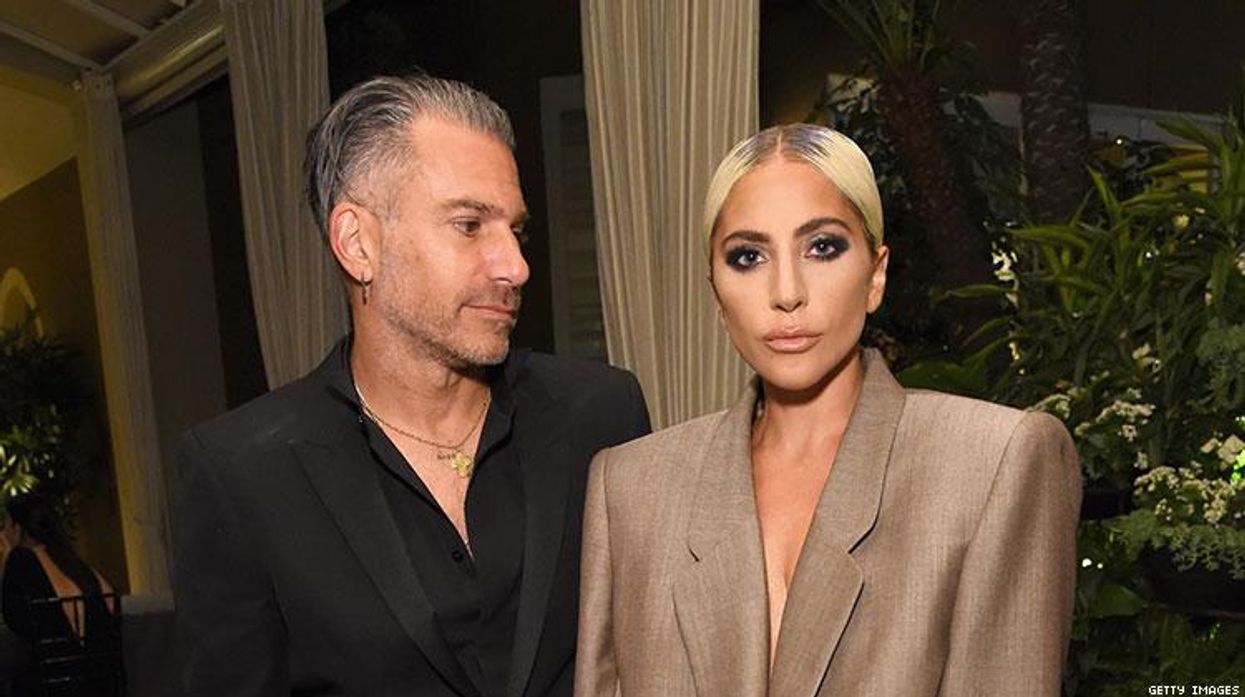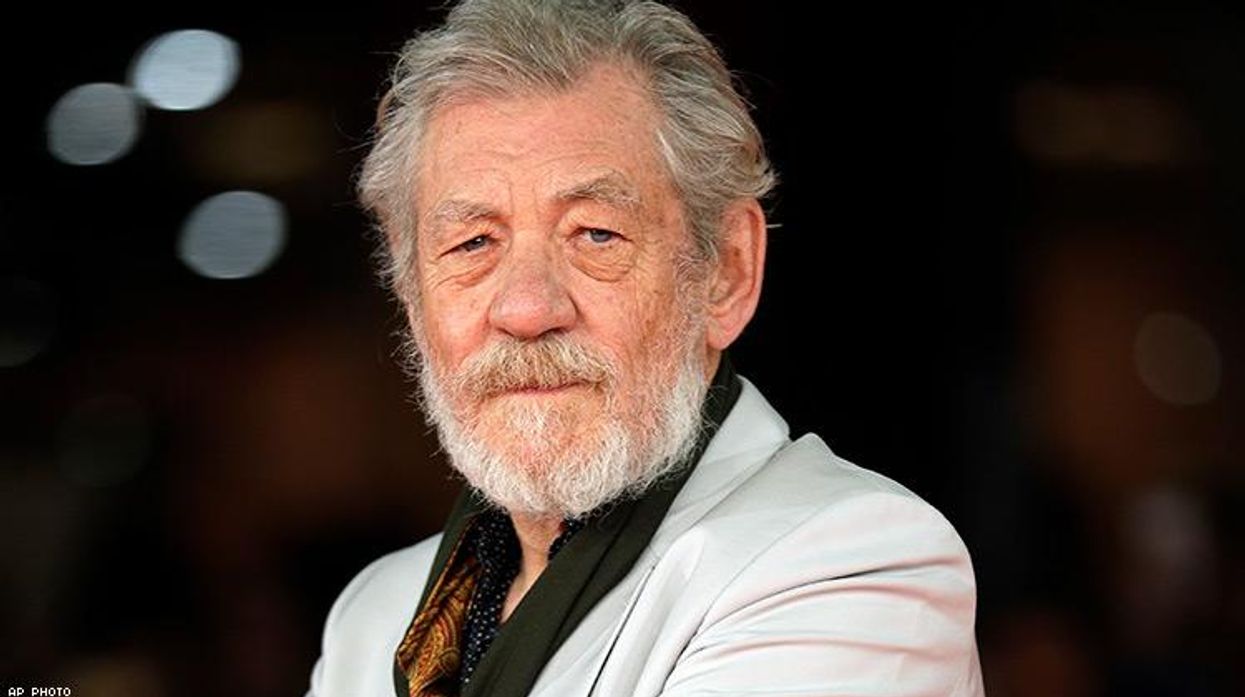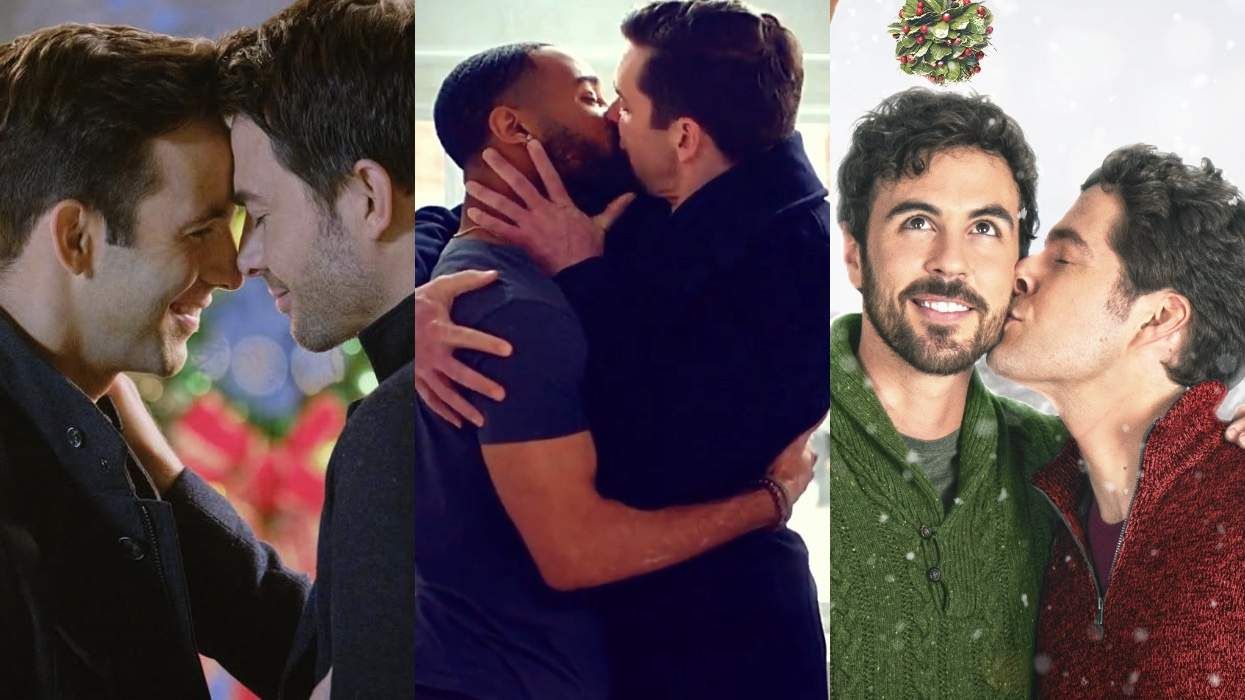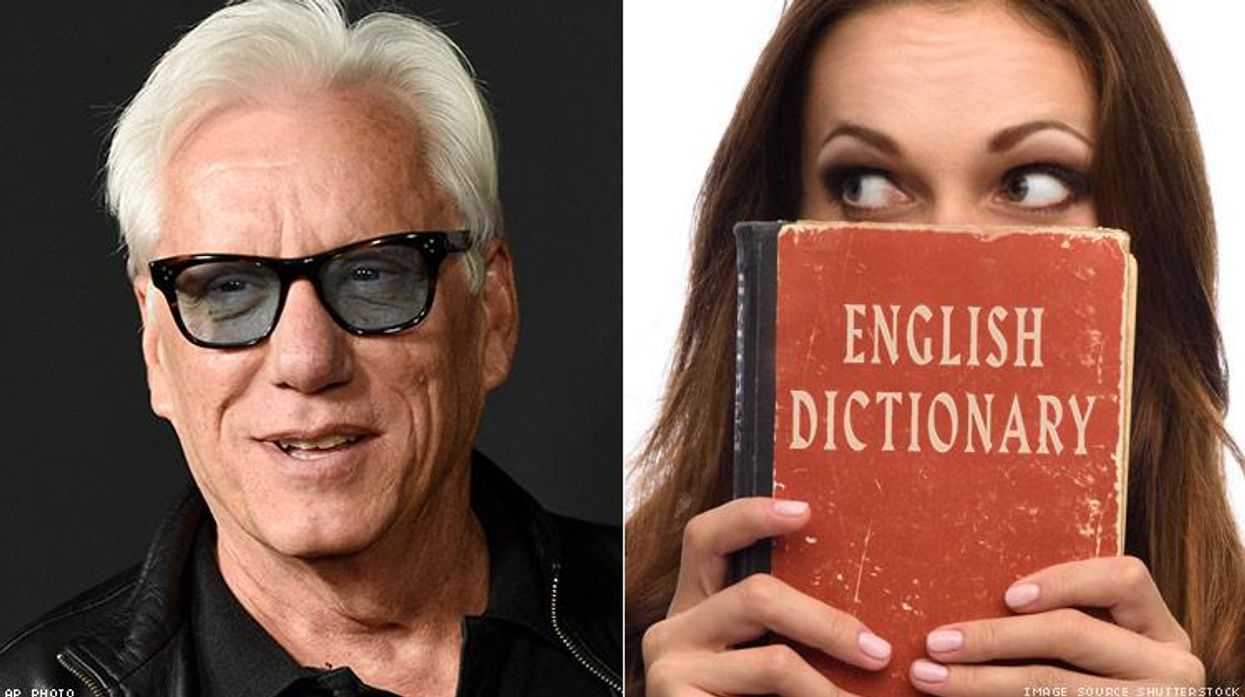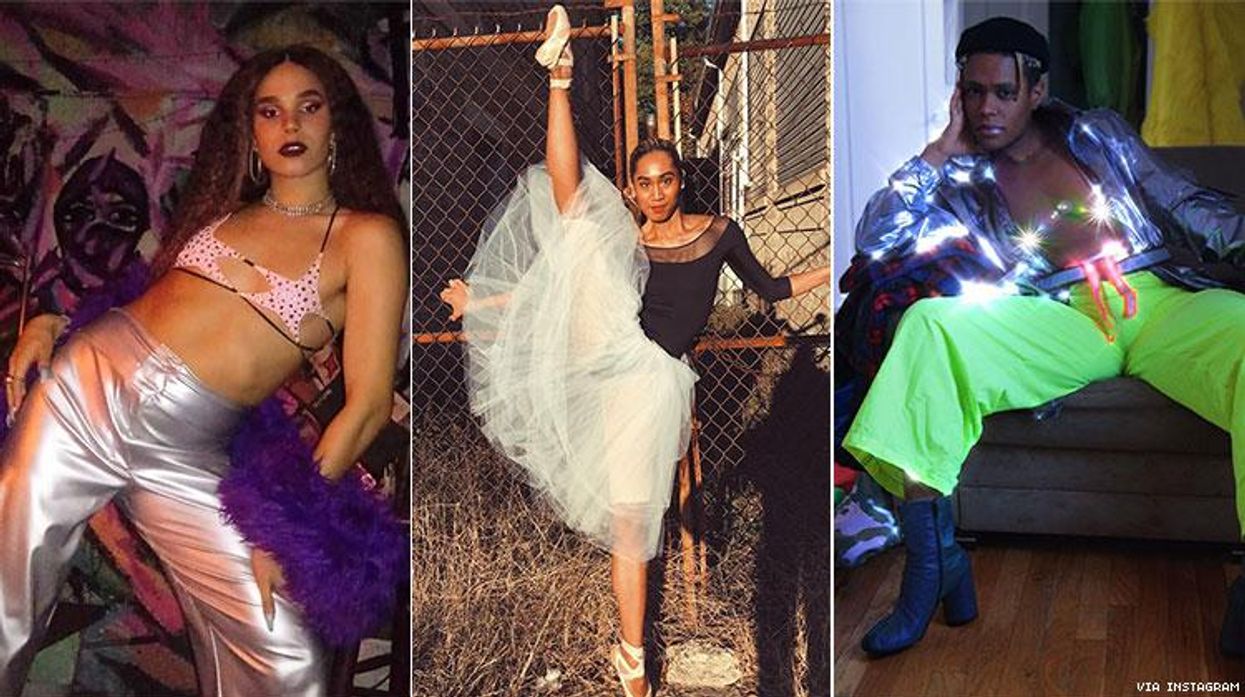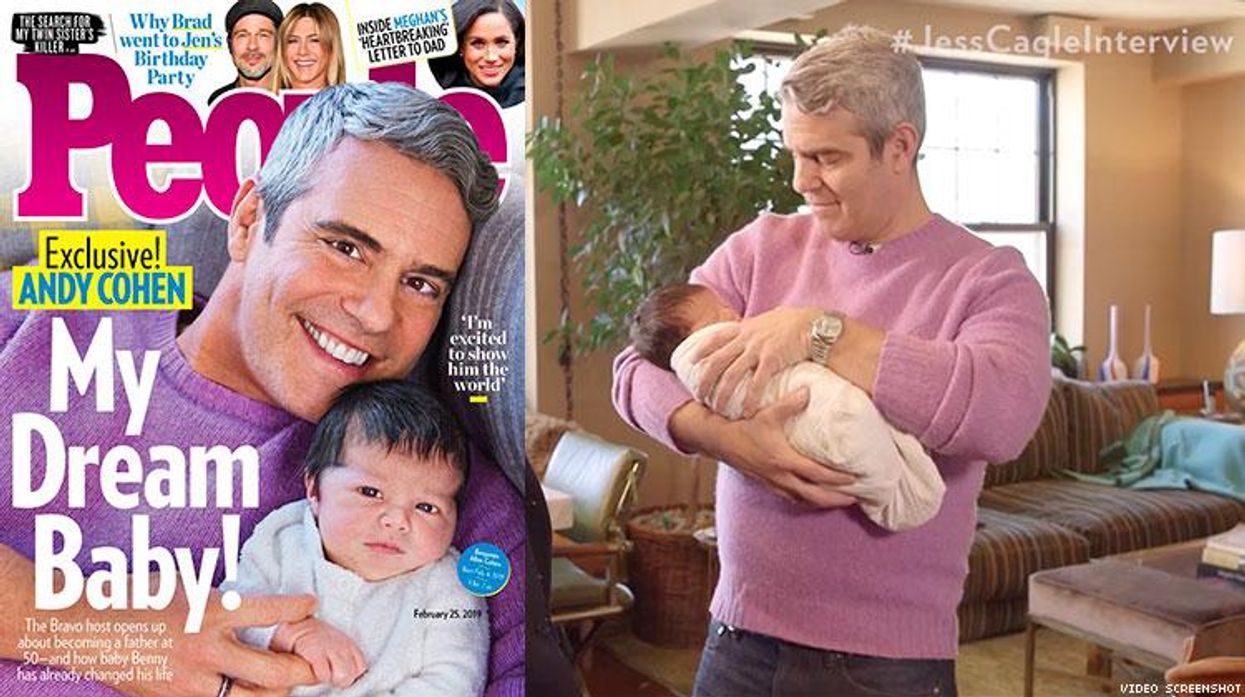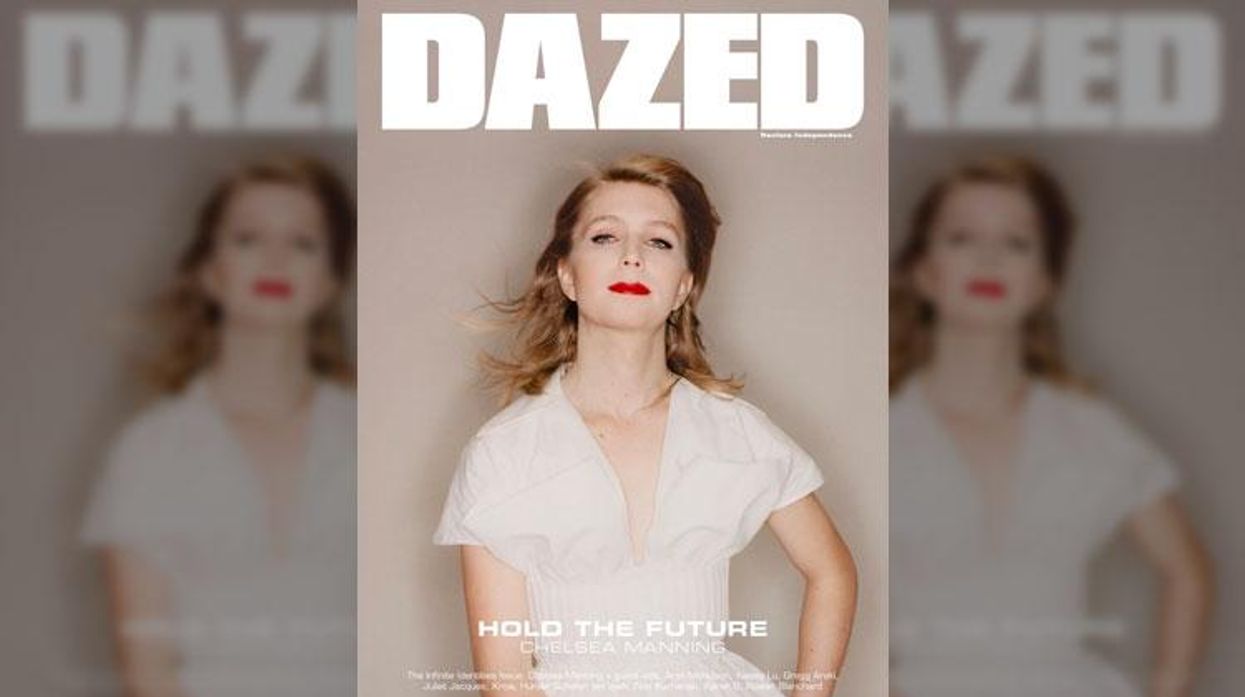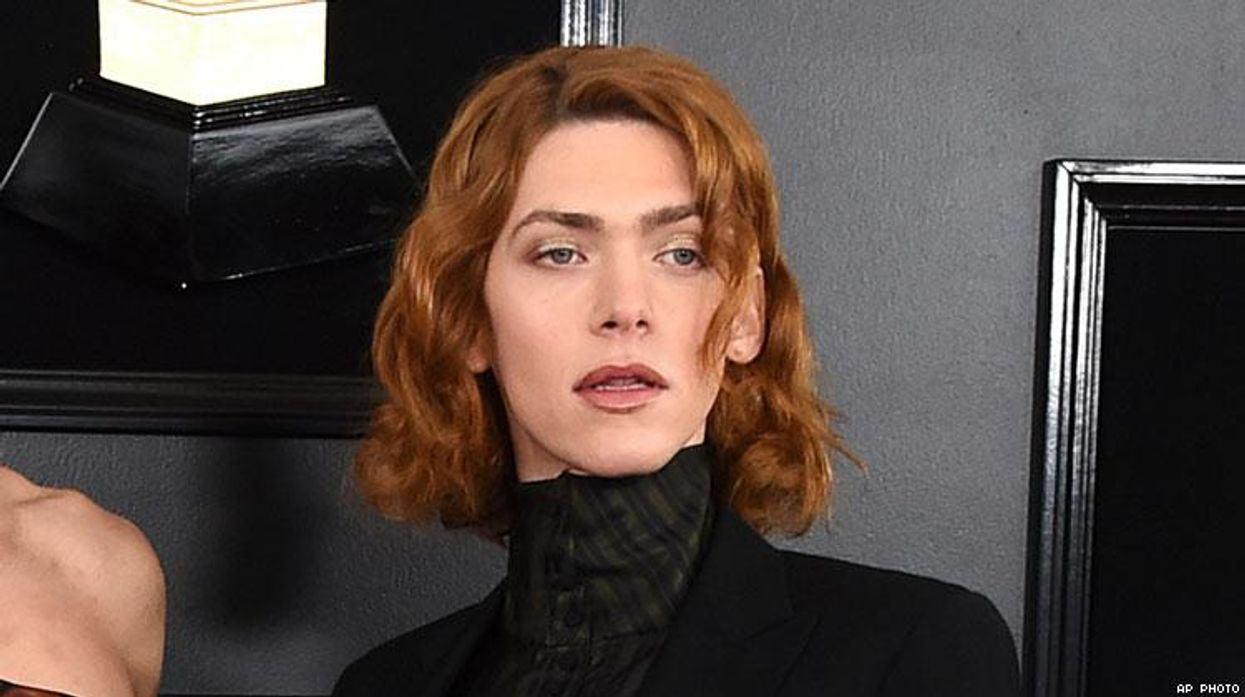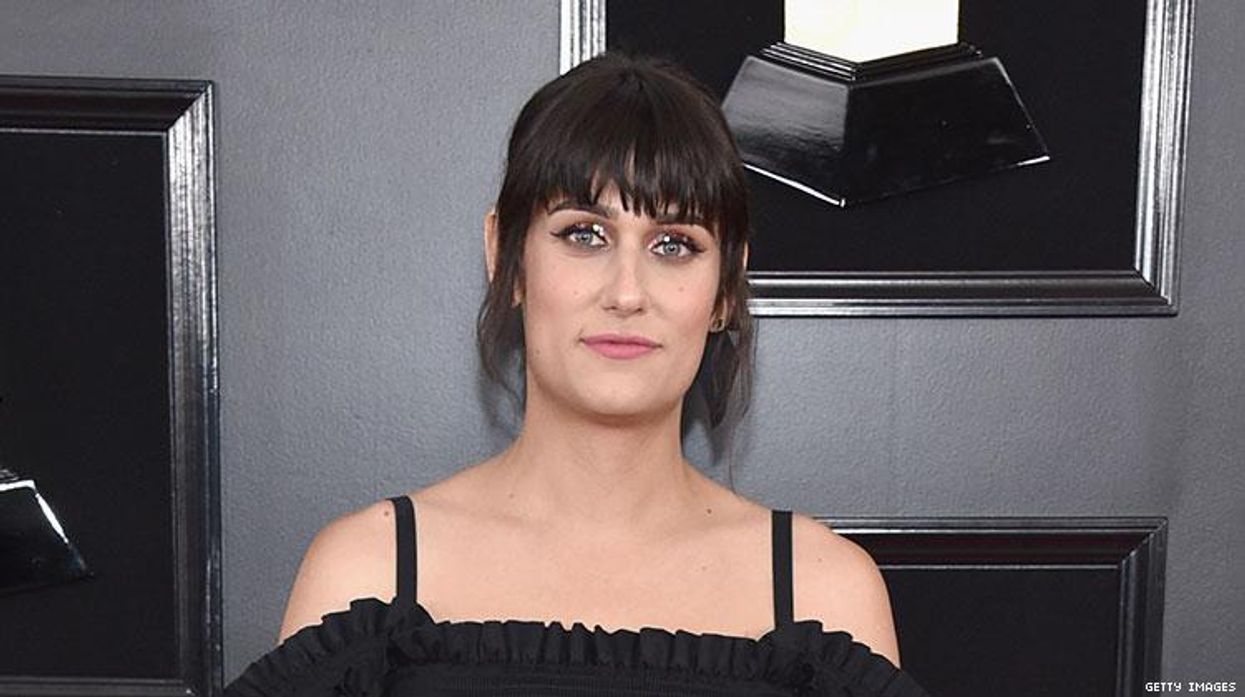The sensational life of Mary Stuart is on the silver screen again, with Saoirse Ronan and Margot Robbie at the helm in the latest retelling of the Scottish queen's life. Mary's is a story more than worthy of the Hollywood treatment. Dominated by queenly rivalry, sibling-sparked civil war, gravity defying feats of escape, and so, so much death -- everything about this sixteenth-century monarch screams out for soap opera-style attention. But in Josie Rourke's highly anticipated Mary, Queen of Scots, there's an added dimension that transforms her story into something all the more interesting for a modern audience: queer romance. The best part? It's (mostly) historically accurate.
First we have Henry Stewart aka Lord Darnley (played by Jack Lowden) who enters the story as the second cousin, but also prospective second husband for the Queen of Scots.
"Mary was certainly sexually attracted to Darnley," Dr. John Guy, whose biography of Mary inspired the film, tells OUT. "She believed she was in love with him. But it was a brief infatuation, brought on by Darnley's sexual magnetism rather than true love."
While her feelings for him quickly dissipated, his utility as a husband was enough for her to see the wedding through. His claim to the English throne was strongest after Mary's own (they were cousins), and his father the Earl of Lennox could provide powerful domestic support to the crown. Politically, their union was a wise move. As time went on, however, his less than desirable personal traits would increasingly come to the fore -- including that sexual magnetism, which proved strong enough to attract his wife's closest advisor, David Rizzio, played by Ismael Cruz Cordova.
"[At the time,] Rizzio was being described as Darnley's 'only governor,'" Guy explains, referring to more intimate dynamics of their relationship. "A brief sexual relationship between Darnley and Rizzio is real history, not speculation," Guy says simply. Furthermore, he argues that this wouldn't have been all too surprising. "Darnley, who spent adolescent years in France, was effeminate and bisexual as was the vogue of young hedonistic courtiers in France."
We know of course that same-sex attraction and romance goes back to time immemorial, but the term "homosexual" is a modern phenomenon. Queer historians by and large see the Victorian trial of Oscar Wilde for "gross indecency," and the way it played out in the media and public sphere, as the transformative moment whereby a person who engaged in homosexual acts became a homosexual person -- and that wasn't until three hundred years later after Mary. For that reason, in addition to the difficulty of "proving" feelings or sexual acts of the past, and society's long-entrenched culture of homophobia, historians have largely shied away from identifying historical figures as anything other than heterosexual.
This makes Guy's clear description of Darnley striking, but records reveal a number of his detractors resorted to thinly-veiled homophobia to discredit him. Elizabeth I's ambassador, Sir Randolph wrote to his mistress informing her that Rizzio and Darnley has been found in bed together. Furthermore, contemporary descriptions of Darnley as a "great cock chick" would have been understood then as it is today, Guy says. James Melville of Halhill, a close advisor and frequent emissary of Mary, once described Darnley as wholly inappropriate for his queen, characterizing him as "more like a woman than a man, for he was very lusty, beardless, and lady-faced."
When discussing the relationship between Darnley and Rizzio, Guy says that "Beau Willimon's screenplay adaptation follows the book fairly closely." Mary was also known to have been very close to Rizzio, and their relationship did spark talk, but the rumors were never taken very seriously. In an attempt to convey the depth of their non-romantic intimacy, one of the film's most shocking scenes shows Rizzio tell Mary that he feels more like "a sister." "In my view," Guy says, such a take is "more dramatically creative than historical."
(Spoiler!) Brief artistic liberties aside, Mary, Queen of Scots largely remains true to the larger-than-life story of Mary Stuart. Darnley really did drunkenly burst into her private chambers with a group of his supporters when she was six months pregnant -- one of them held a weapon to her stomach and the others proceeded to stab his ex-lover Rizzio 56 times right in front of her.
About a year later, Darnley, who was recovering from an STI, died when his house got blown up. In the film, Darnley seems to have a boyfriend who he's happily sharing a life with, and while there's no historical basis for such a development, it did lend a sort of tragic beauty.
And Mary did actually turn that final look before she was beheaded. Showing up to her execution, she stunned with her sartorial choice of a blood-red dress -- the color of martyrs -- which helped birth the myth of Mary as a Catholic saint. A true queen to the end, she know how to make a point.
As society advances, historians grow bolder in their approaches. Just as women were largely ignored in historical documents, so too were same-sex attractions and acts, with the exception, of course, of criminal records. In lieu or concrete primary sources, therefore, it becomes necessary to read into the gaps and silences of history.
This time period, perhaps more than any prior to the modern era, presented unprecedented challenges to the established order. Catholic hegemony was under attack, Christianity was fracturing and, perhaps equally alarming, queens reigned and ruled in Scotland, England, and France for generations. Gender roles were turned on their heads, and the reactions were varied, innovative, and transgressive. Under Mary Tudor in England, Parliament attempted to legally recast the queen as a man. Elizabeth Tudor spoke of having "the heart and stomach of a king." And like her brother-in-law, King Henri III of France, Mary, Queen of Scots was known to don drag and sneak out into the streets of Edinburgh for fun -- and at just under six feet tall, Guy says she could be pretty convincing! Mary even attended a formal banquet dressed as a man, shocking her nobility.
And there is far more contemporary queer history that the film couldn't capture: Mary and Darnley's own son, James VI who became James I of England in 1603, was very notably queer himself. James was known to prefer the company of attractive men so much that the nobility is reported to have adapted by sending attractive sons to court to gain the king's favor, rather than attractive daughters as was typically the case. This pattern was noted throughout James' long reign. At the age of just 17, he wrote a long, angsty poem dedicated to his first male favorite, his uncle (yes his uncle) Esme Stewart. The poem, Ane Tragedie of the Phoenix, used the metaphor of a phoenix was to represent his uncle who had died. The poem includes such illuminating lines as: "[the phoenix] fled at last to me ... yet they followed fast, till she betwixt my legs her selfe did cast."
And so, while the film may give into excess at times, banish any question of truth from your minds, for queers have always been present, of all kinds -- sometimes you just have to read between the lines.



